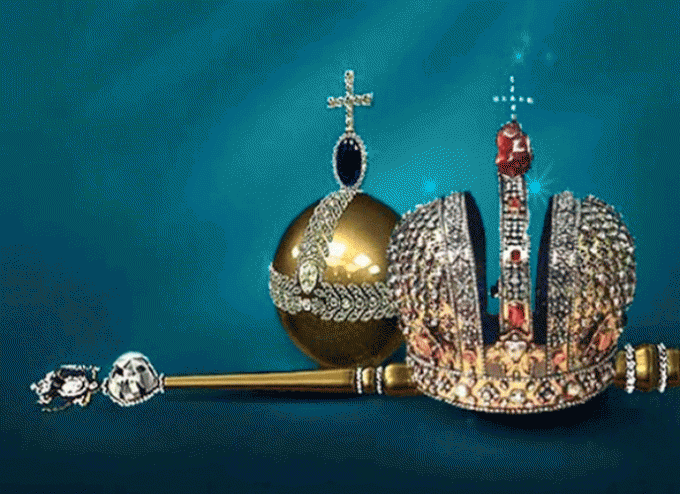The preconditions for the development of absolutism in Russia
In Russia, absolutism was developing in the specific conditions of serfdom and rural communities, which at that moment has already undergone serious degradation. Not the last role in the formation of Russian absolutism played the policy of reigning monarchs, seeking to reinforce their own power.
In the XVII century arose a significant conflict between a population of townsmen and feudal lords. Emerging in the period of absolutism to solve their internal and external environmental challenges have been trying to encourage the development of industry and trade. Therefore, in the period of initial establishment of the absolute power of the monarch in a confrontation with representatives of the boyar aristocracy and the Church's opposition rests on the tops of the town: merchants, servicemen estate, the feudal nobility.
The establishment of absolutism in Russia was facilitated by external economic reasons: the need to fight for economic and political independence of the state and access to the coast. More prepared to fight this battle turned out to be an absolute monarchy, not a class-representative form of way of state power.
Appearance in the Russian Empire absolute monarchy was due to the foreign position of the country, the course of social-economic development of the arisen contradictions between the various classes of society, leading to class struggle and the emergence of bourgeois relations.
The establishment of absolute monarchy
The development and establishment of absolutism as primary form of government led to the abolition of the Zemsky Sobor in the second half of the seventeenth century, which limited the power of the reigning person. King pecked previously unavailable to him considerable financial independence by getting profits from their own estates, customs duties, taxes from the enslaved peoples of taxes from growing trade. The weakening of the political and economic role of the boyars led to the loss of value of the Boyar Duma. Was an active process of subordination of the clergy to the state.Thus, the second half of the XVII century in Russia was established the absolute monarchy with the boyar Council and boyar aristocracy, finally formed during the reign of Peter I, in the first quarter of XVIII century.
In the same period the Russian absolute monarchy has received legislative fastening. The ideological Foundation of absolutism was given in the book Feofan Prokopovich, "the Truth will monarch", created in accordance with the requirements of the special instructions of Peter I. In October 1721, after a distinguished of Russia's victory in the battles of the Northern war, a Spiritual Synod, and the Senate favor of Peter I. honorary title of "Father of the Fatherland, Emperor of all Russia". The Russian state becomes an Empire.
The emergence of absolutism in Russia, as well as in many other countries, it is quite a natural process. However, between the absolute monarchies of different countries, there are both common and distinct features determined by local conditions development of a state.
Absolutism in different countries
Thus, in France and in Russia, the absolute monarchy existed in fully finished form in which the structures of the state apparatus was no authority that could limit the power of the Regal. The absolutism of this form is characterized by a high degree of centralization of state power, many of the bureaucracy and the armed forces powerful. For England was characterized by incomplete absolutism. Here there was a Parliament, to a small extent still limiting the power of the ruler, there were local authorities, there was numerous a standing army. In Germany the so-called "princely absolutism" only promoted further feudal state.
Periods of development of absolutism in Russia
During its 250-year history of Russian absolutism has undergone several changes. There are five main periods in the development of absolutism in Russia:
- the first stage – the current in the second half of the XVII century, along with the boyar aristocracy and the Boyar Duma, an absolute monarchy;
- second – noble-bureaucratic monarchy of the XVIII century;
- third is the absolute monarchy of the first half of the XIX century, continuing until the 1861 reform;
- the fourth stage – an absolute monarchy in the period from 1861 to 1904, during which on the part of the autocracy had made a step towards the bourgeois monarchy;
- fifth in the period from 1905 to February 1917, when the part of absolutism was made another step towards the bourgeois monarchy.
Absolute monarchy in Russia was overthrown by the events of the February revolution of 1917.
